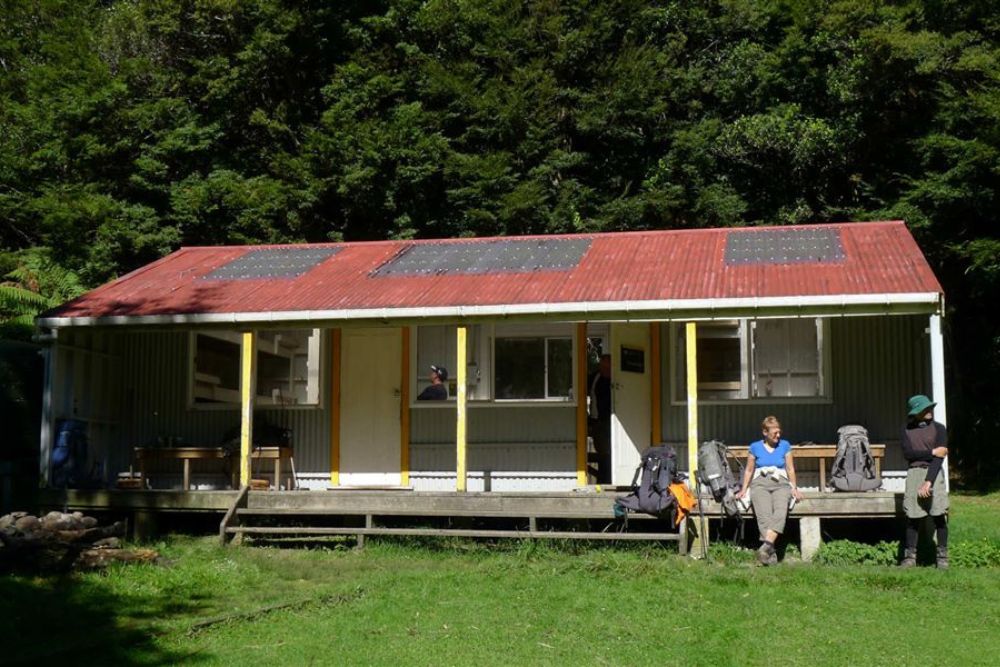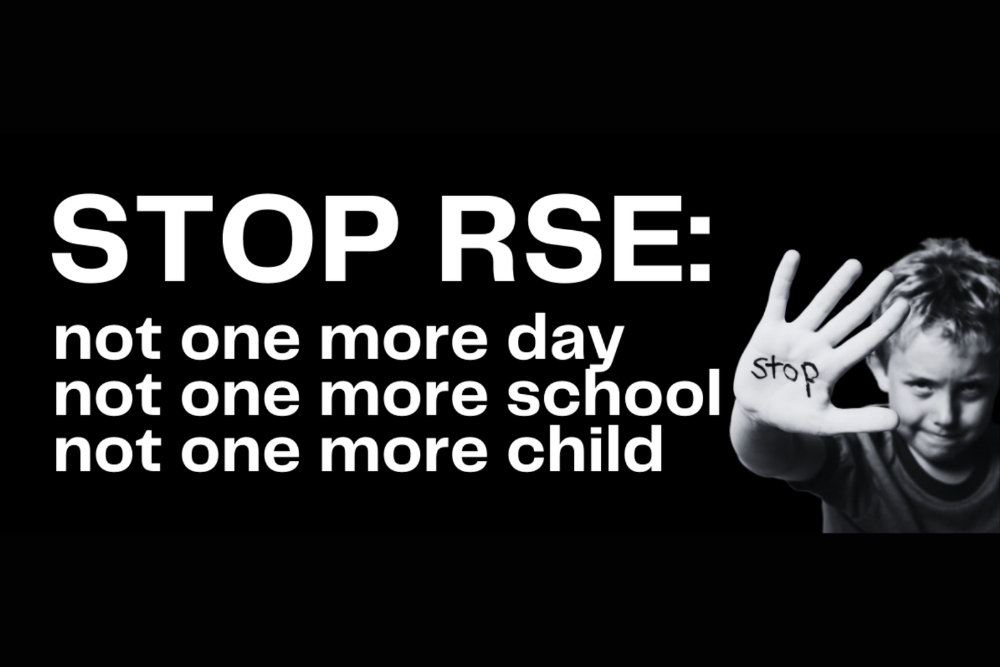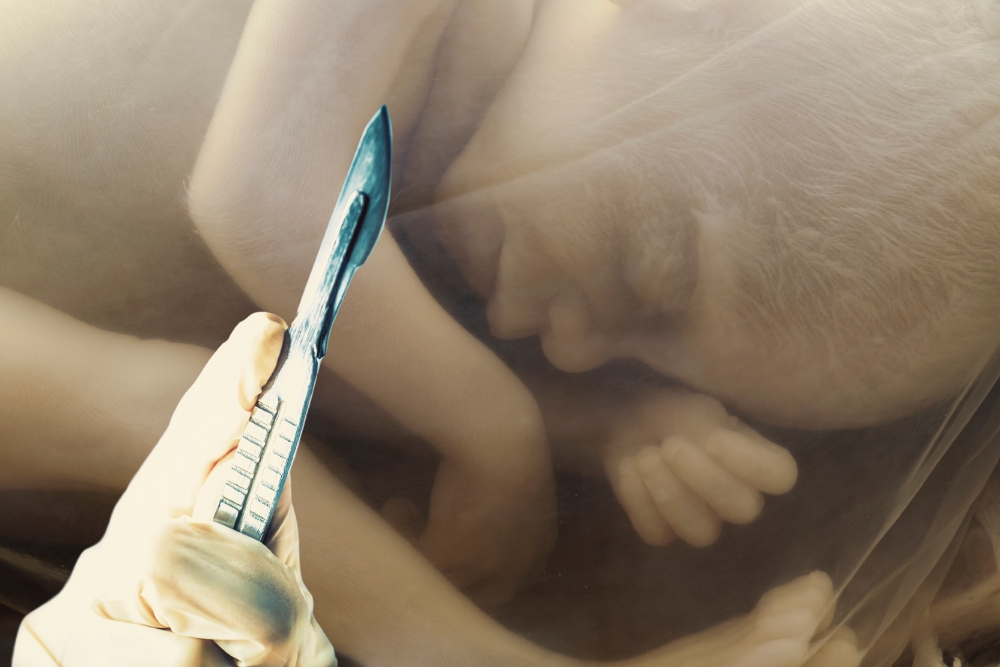By Cranmer
Protests led by Tūhoe elders have brought the media spotlight back to Te Urewera as the governing body removes 48 huts. Some consider this to be co-governance.
Truth be told, it is far from it.
Te Urewera is back in the headlines and it is important to consider why that is the case. Increasingly it is held up by the government and its supporters as an example of co-governance in action. A governance model put in place by the Key government in 2014, and a working example of why co-governance is not new nor particularly controversial.
It is also used as an example of effective Crown-iwi partnership when the Three Waters co-governance model is criticised, and it forms the governance model which is currently being rolled out in the Milford Sounds and elsewhere across the country.
The first point to note however is that Te Urewera is not actually an example of co-governance. It is not an example of the Crown and iwi working together as equal partners. It is something quite different.
Te Urewera is governed by a Tūhoe settlement entity, Te Uru Taumatua (TUT), which has a board consisting of six iwi members and three non-Tūhoe representatives. The Te Urewera Act is very poorly drafted in a number of respects and the decision-making mechanism which applies to the board is a prime example. Key decisions are required to be made by the board on a unanimous basis, but if that is not possible then a vote is taken. Thus control of the board and its decision-making powers lies squarely with Tūhoe.
Put simply, this is Tūhoe-governance.
The Crown occupies the role of a passive bystander. Albeit one who still provides significant amounts of tax-payer funding to the project.
To cap it off, key Tūhoe members, including the chairman of TUT, Tamati Kruger, is on record as staying that Tūhoe don’t see co-governance as the final answer. Instead, “it’s the next bus stop in a journey that has to be made”, according to Kruger.
As Kruger describes the current situation, “the Department of Conservation and Tūhoe, they do come from different places – ideologies, philosophies, culture, language, practice – and so in the seven years we have found the collision points of those, and we’ve tried our very best, both parties, to work those things out”.
This was certainly not how the model was sold to the public back in 2014. In the third reading in the House, then Attorney-General Chris Finlayson was very clear that public access would not be affected. He went on to display a woefully naïve view of how the governance mechanism would work:
The board will be required to act in the best interests of Te Urewera. It will develop and approve a management plan, make decisions on concessions and other permits, and undertake other statutory functions. It must at all times promote unanimous or consensus decision-making and the highest level of collaboration. Most important, the board will work to enhance Te Urewera as a place of outstanding natural, recreational, and cultural value—a place that can be enjoyed by everyone. Public access will be unaffected. Tūhoe has always welcomed visitors and I know they are looking forward to welcoming visitors to Te Urewera under these new arrangements.
By contrast, in her speech to the House, Nanaia Mahuta proved to have a far more realistic and accurate view of how governance would really operate:
Representation and governance for and by the people of Tūhoe—the Tūhoe way—can be assessed only by Tūhoe, nobody else. We all learn better from our own experiences and create our threshold of what best practice looks like. Once the settlement is reached and the new governance structure is in place and Tūhoe get on with their business, a great deal of many people would want to comment on how that is done. But, actually, it is up to Tūhoe to determine for them what is best for them.
We should stay out of it.”
In fact during her speech, Mahuta did not mention co-governance, partnership or consensus at all. Because that was not the intention of the settlement. In her own words:
This settlement is the most significant since that of Ngāi Tahu and Waikato-Tainui. It is an opportunity for Tūhoe to look forward, holding on to what is uniquely Tūhoe and will never be lost, for the benefit of future generations of Tūhoe.
Despite the assurances given by Finlayson to the country, the Act does not require that public access remains unaffected. It does not require that a similar or greater level of access will be granted to the public as was the case when it was a national park.
The Act merely requires that the board makes provision for Te Urewera “as a place for public use and enjoyment, for recreation, learning, and spiritual reflection, and as an inspiration for all”.
That is a very low bar.
Thus we find ourselves in the current sorry state of affairs where TUT is in the process of dismantling and removing 48 huts from Te Urewera with only the vaguest of time frames as to when they might be replaced. The huts currently being removed are owned by the Department of Conservation who pays Tūhoe $2 million per annum for hut maintenance. Ludicrously, however, department workers cannot gain access to the huts in order to inspect, maintain or repair them.
The Department of Conservation publicly supports TUT and the removal of the huts but internally within the department there is a lot of angst and unhappiness about the situation which is viewed as a ploy by Tūhoe to restrict public access to paid guided tours.
Kruger described the Tūhoe vision in the following way: “At the moment you yourself can bring all of your friends and go and walk around all of Te Urewera without meeting one single Tūhoe person – that is not a cultural experience – that’s a walk.”
“So the cultural experience would be that in the future Tūhoe people will be hosting the visitors – can host visitors who wish to have contact and friendship and relationship with Tūhoe people, and get to know their daily life – where they go, what they do, what they eat, what they’re observing, and how they commune with Te Urewera – and so that to me is more authentic.”
There is also concern within the Department of Conservation about the lack of large scale pest control which is now getting so bad that there is a risk of wide-spread canopy collapse. In addition, some within the department have privately voiced concerns that there is the risk that the current sub-standard pest control regime within Te Urewera could undermine the Crown’s entire North Island pest management strategy.
The failure in governance and co-operation is not simply between the Crown and iwi. TUT has also managed to upset hapū within Tūhoe. Last week Tūhoe elders led protests in Tāneatua, 13 kilometres south of Whakatāne, which denounced the “desecration” of the back-country huts.
Paki Nikora, of Ngāti Rongo, told RNZ that part of the community was hurt because they were not consulted on the details.
“It wasn’t just us as Tūhoe who were hurt, it was really the wider New Zealand public if you can see all the faces that are in there. It’s not just going to stop here. How do you actually turn out and ratify something without getting proof that it has been supported by the wider membership,” Nikora said.
“It’s not only significant to our people, but it’s also significant to all the trampers and hunters that frequented in the Urewera through all those many many years … Many of those people that weren’t actually Tūhoe but were totally devastated with this action.”
The removal of the huts is only the tip of the iceberg. There are other significant restrictions currently in place in Te Urewera. For instance, the special purpose road at Mokau is closed to one lane, Te Wairoa bridge is closed until further notice, the Great Walk track is partially closed, the Ngamoko Track is closed due to subsidence and the Rosie Bay campsite is temporarily closed.
For Mahuta and Kruger, everything is fine and working as planned. In truth, the Act needs urgent revision to address the many deficiencies which are becoming apparent to the public.
Make no mistake – this is not co-governance. It is Tūhoe-governance. And it only benefits the tribal elite who are political insiders.
It is also the Mahuta-model which the minister is determined to roll out across the country.
Don’t be fooled when she describes it as co-governance.










